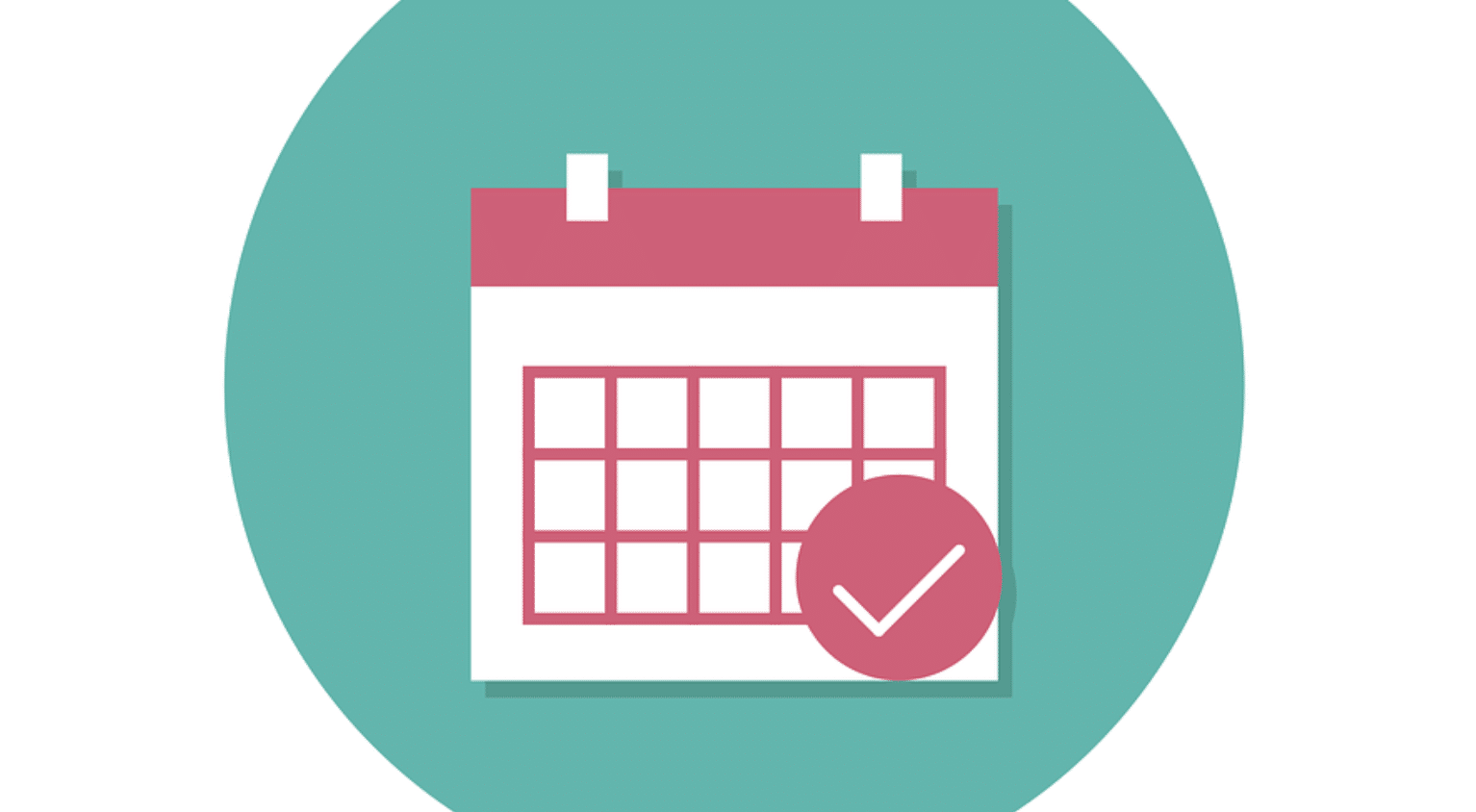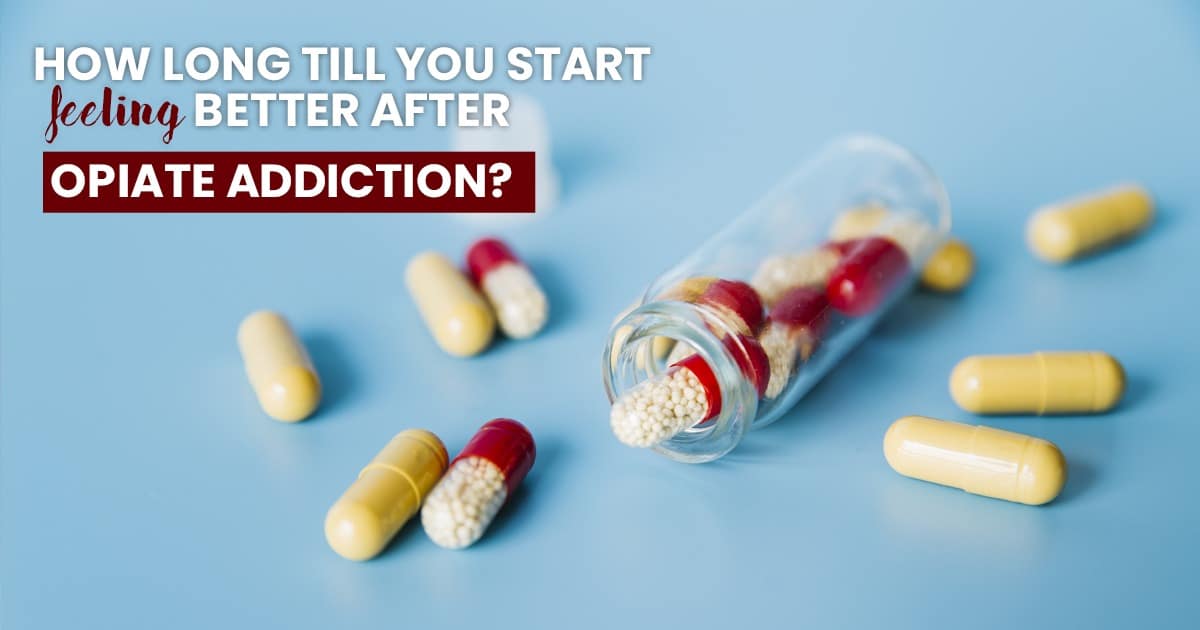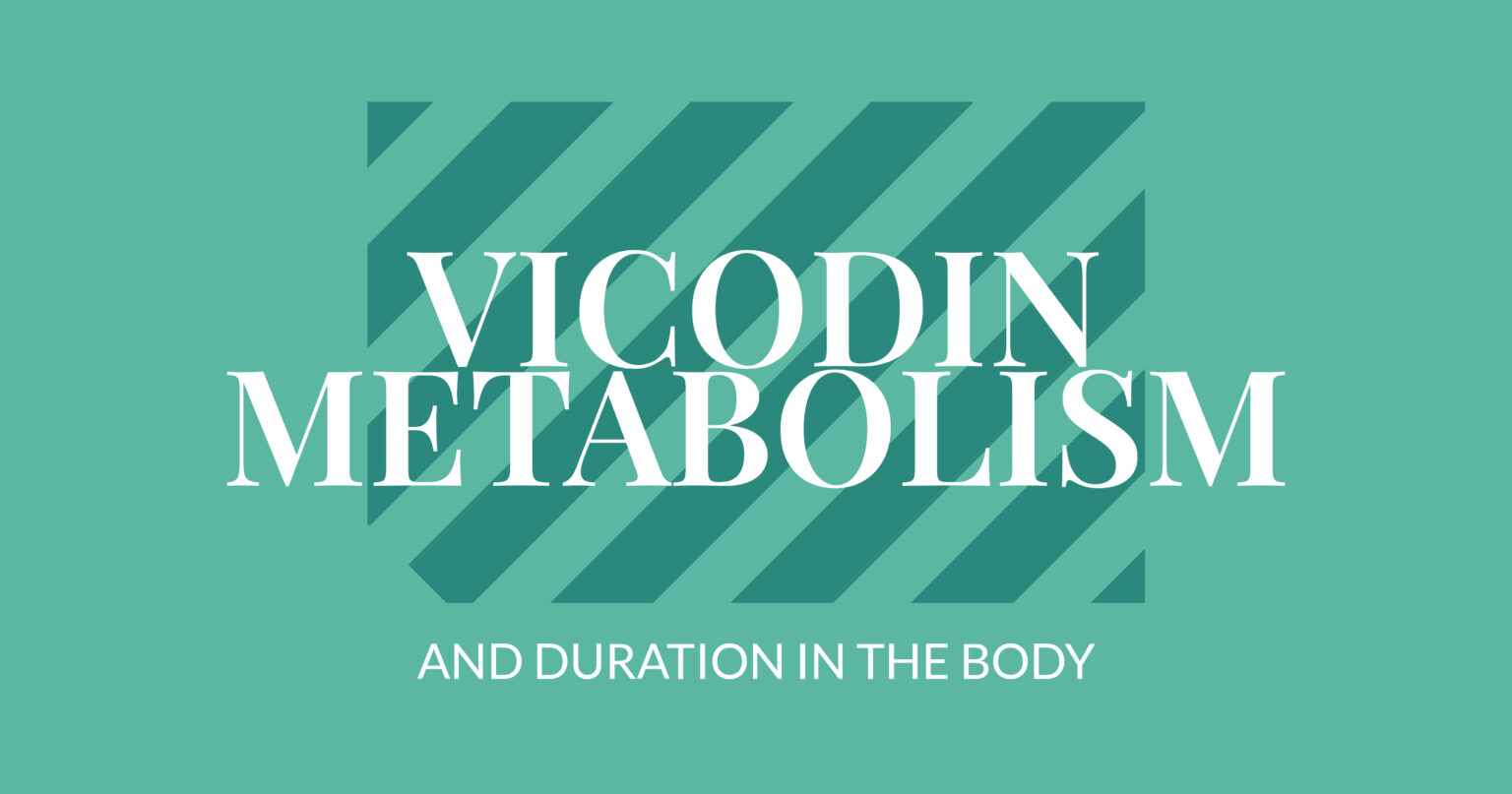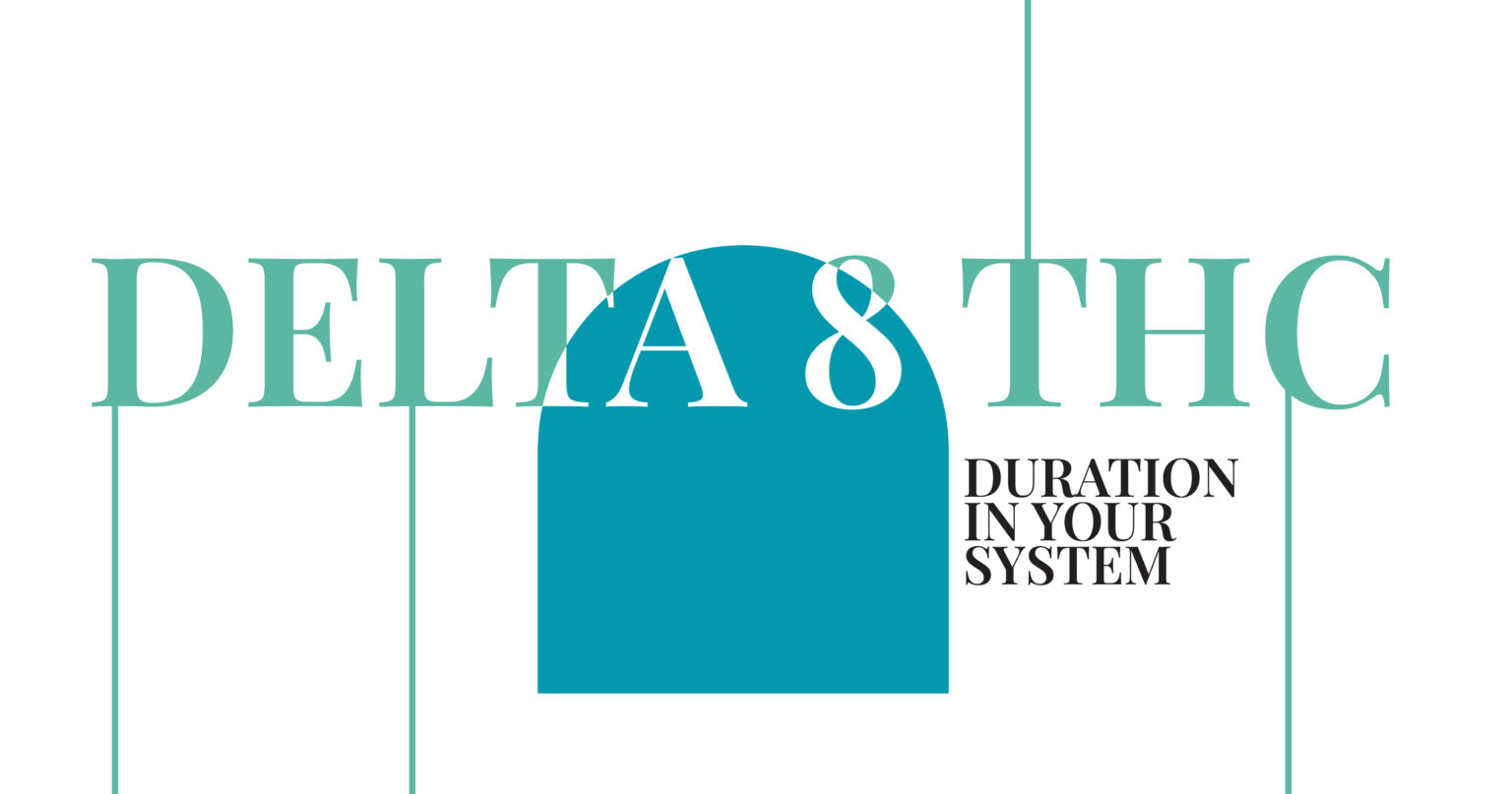One question we hear pretty often is how long until you start feeling better after opiate addiction. While we can’t tell you precisely what your recovery timeline might look like following withdrawal and detox, we can give you an overview of the general experience.
We want you to realize that you will feel better after how long to recover from opiate addiction. It may take time, but ultimately when you’re in addiction recovery, you’ll feel better than you likely have in a very long time. That feeling is what makes it all worth it.
Understanding Opiate Dependence
Opiates are a class of drugs available by prescription. There are also illegal opiates and opioids. Heroin is an example of an illicit opioid. Oxycontin and oxycodone are examples of prescription opioids.
According to the National Institute on Drugs and Alcohol, when you take an opiate or opioid, regardless of whether it’s legal or not, it attaches to opioid receptors in your brain and body. These opioid receptors and their activation play a role in your emotions and how you experience pain. Opioid receptors are also part of your essential functions, like heart rate and breathing.
When you take an opiate, you may experience pain relief, which is why they’re available by prescription. You may also feel euphoric or comfortably relaxed. Other symptoms of opiate use include:
- Drowsiness
- Confusion
- Constipation
- Nausea
- Vomiting
- Slow breathing
Taking a dose of an opiate or opioid that’s too high for what your body can handle leads to an overdose. Opioid overdoses are a massive problem in the United States. Since opiates slow the central nervous system and its functions, overdosing means your breathing can slow or stop. Your heart rate and blood pressure may decline as well.
The effects of an opioid overdose can include brain damage, coma, or death.
When you take opiates for some time, even by prescription, you’re at risk of dependence. Substance dependence occurs as your brain and body adjust to the presence of opioids. Then, to function “normally,” you need to keep taking the substance. To stop taking opioids when you’re dependent means you’re likely to experience withdrawal symptoms.
Dependence and addiction are different. Dependence is a physical condition. You don’t necessarily have to be addicted to opioids to be dependent on them, although it’s often the case that both occur together.
Opioid addiction is a psychological, chronic disorder affecting the brain’s structure and function.
Opiate Detox and Withdrawal
As mentioned, when you are dependent on opiates, you will likely experience withdrawal symptoms when you cut down on your dosage or stop using them.
Common opiate withdrawal symptoms include:
- Muscle aches
- Runny nose
- Chills
- Sweating
- Goosebumps
- Vomiting
- Anxiety
- Diarrhea
- Headaches
- Mood swings
- Drug cravings
- Fatigue
- Depression
Opioid Withdrawal Timeline
The opioid withdrawal timeline depends on some individual factors. These factors can include:
- How long you have used opioids
- The doses of opioids you were typically using
- Whether you’ve experienced severe withdrawal symptoms in the past
- Your overall physical health
- The presence of underlying mental health issues
- The type of opioid you use
- Whether you use any other substances
There are long-acting opioids like methadone. With a long-acting opioid, it can take longer for it to leave your system so that withdrawal symptoms may last longer. Then, there are shorter-acting opioids that leave your system faster. That means the onset of withdrawal symptoms may occur sooner after your last dose but also be shorter in duration. Here are some more things you can expect while detoxing from opiates.
Oxycodone is an example of a shorter-acting opioid. Oxycodone has a half-life of three to five hours. That gives you some idea of when cravings and other symptoms might begin. Methadone, on the other hand, has a half-life of anywhere from eight to 60 hours.
For most opiates, you will experience a peak in your symptoms at around 30 to 72 hours after your last dose. The peak is when your symptoms are the worst. You could experience mood changes, flu-like symptoms, gastrointestinal problems, and intense cravings.
The peak of your symptoms is when you’re at the highest risk of relapse. If you participate in a supervised medical detox, it can help you get through this time. You can receive medications that will ease your symptoms, helping you get through the challenges more easily.
Symptoms Gradually Get Better
Once you’ve gone through the peak, your symptoms of withdrawal should gradually start getting better. For most people, the symptoms begin to subside within a week after their last dose of opiates. You should begin to notice the physical symptoms decline first, and your cravings will be less intense.
There can be extended symptoms of opiate withdrawal that occur. Many of these relate to mental health. For example, you could experience symptoms of anxiety or depression months after you stop using opioids. To avoid these extended or protracted symptoms, choose an evidence-based treatment program.
You can receive treatment for mental health disorders simultaneously as you’re getting treatment for your substance use disorder. Having dual diagnosis treatment for co-occurring disorders will reduce the likelihood of longer-term symptoms a great deal.
Once you’ve detoxed fully from opiates, you can work more on addressing underlying physical and mental health conditions. You can also follow a plan for remaining drug-free. This plan may include using medications approved for opioid use disorder and support from loved ones. You might continue to participate in counseling or therapy and join an addiction support group.

Treatments for Opioid Withdrawal
Treatments are available to help with symptoms of opioid dependence and withdrawal. Examples include:
- Methadone is a medicine that is given in combination with counseling to help treat opioid use disorder. Specifically, methadone helps with cravings and withdrawal symptoms. Here are some pros and cons of methadone.
- Buprenorphine is another FDA-approved treatment for opioid dependence and withdrawal. Buprenorphine can help alleviate cravings but without abuse potential.
- Naltrexone is sometimes combined with buprenorphine. Unlike methadone and buprenorphine, which activate the same opioid receptor sites, naltrexone blocks the euphoric and sedative effects of opioids. Your system has to be clear of opioids before you can start naltrexone.
The drugs listed above are medication-assisted treatments. Medication-assisted treatment doesn’t address addiction directly. Instead, medication-assisted treatment works along with other forms of therapy, like behavioral counseling.
Lifestyle Changes That Help You Feel Better After Opiate Addiction
How long to feel better after addiction? If you work with an opiate addiction treatment specialist at rehab programs, they might also recommend lifestyle changes to help you get past withdrawal symptoms and remain in recovery. Exercise is an example of something that helps a lot of people to feel their best. Focusing on eating a healthy, nutritious diet is beneficial, as are meditation and mindfulness.
If you’d like to learn more about our opioid dependence detox program and the treatment options available to you, call 855-953-1345, and the team at Opus Health will provide emotional support, information, and answers to your questions. Call today and recover from addiction.




